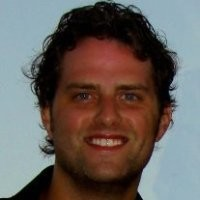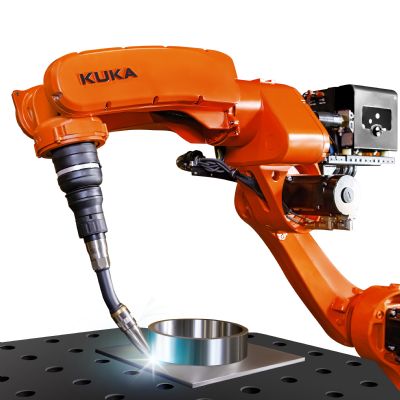Getting the Most from Advanced GTAW Controls
March 1, 2018Comments
A car without power steering will get you from point A to point B, but the driver works much harder to make tight turns at slow speeds. The same holds true for gas-tungsten-arc (GTA) welders. While operators can achieve good results using conventional technology, inverter-based GTA welders with advanced controls help operators achieve the same good results, but with greater ease.
This article covers the hows and whys of inverter-based GTA welders with advanced controls.
Tungsten Electrode Points the Way
Electricity likes to come off a point. Using a pointed tungsten electrode promotes a narrower arc cone and more precise weld bead placement, and advanced GTA controls enable using a pointed tungsten. Most manufacturers now recommend using a ceriated (orange band) or lanthanated (blue band) electrode, as adding 1.5 to 2 percent of these rare-earth elements helps the electrode to maintain a point. As an added benefit, these tungstens enable users to switch between the AC and DC welding outputs without changing electrodes. Thoriated tungstens (red band) also are suitable for DC welding, but because thorium is radioactive, it may pose a health hazard.
To prepare the tungsten, grind (with the grain) to create a taper that is about 2 or 2.5 times the diameter of the electrode. Use a sharp point for welding below 40 A. Otherwise, put a small flat on the end of the tungsten to prevent the tip from becoming included in the weld bead. Do not ball the tungsten for welding aluminum, an old-school practice when using pure (green band) tungsten electrodes.
Pulsed DC TIG for Steel, Stainless and Alloyed Metals
In pulsed GTA welding, the power source typically has controls that adjust peak current, background current (often set as a percentage of peak current) and the number of pulses per second. Some systems also enable the operator to adjust the duration of the peak or background current (again, often set as a percentage, such as from one to 99 percent of total cycle time).
- Benefits of pulsing depend on the specific application and control setting. Generally speaking, pulsing a DC output:
- Focuses the arc without increasing total heat input. A more focused arc provides the operator with more control over the weld puddle size and direction, promoting better weld quality and weld-bead appearance.
- Narrows weld-bead width to 50 percent, and helps increase penetration by as much as 30 percent.
- Reduces total heat input, possibly by 50 percent or more, as well as reduces the size of the heat-affected zone.
- May allow increasing travel speeds to 30 percent.
Directing the heat more precisely can help prevent warping and burnthrough on thin materials, edges, outside corners, autogenous welds and assemblies prone to warping, and when filling a hole or joining thin-to-thick sections. Reducing heat input can help preserve metallurgical and mechanical properties, notably on stainless and other alloyed materials. When heat input stays localized (as it does when welding stainless steel), it not only promotes warping, it can affect chemical composition and grain microstructure.
Pulsing at a lower frequency (10 pulses/sec. or less) will create a broader weld bead with shallower penetration. Pulsing at a higher frequency narrows the weld bead and increases penetration. Start by experimenting with frequencies of 100 to 250 pulses/sec. Note that the benefits of pulsing in manual applications cease at about 500 pulses/sec. To measure benefits, make welds with and without pulsing; cross-section and polish the beads; and compare travel speeds and calculate total heat input.









